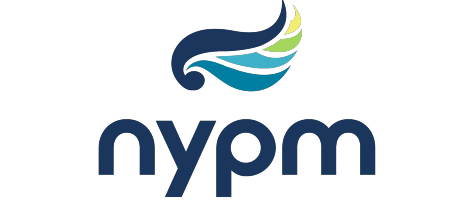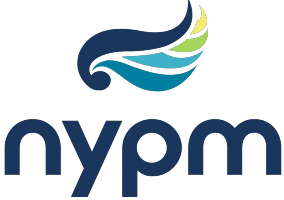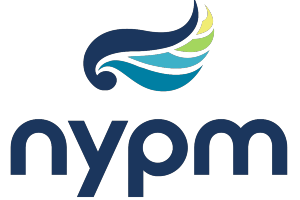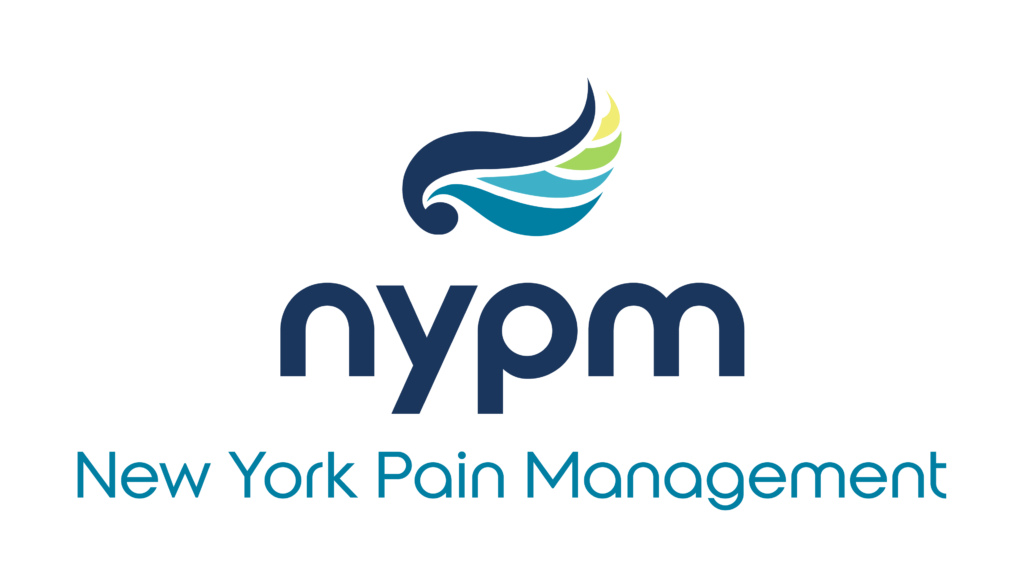Back Pain Causes and Treatments
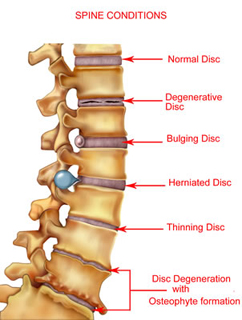
There are many causes of back pain. Most back pain occurs in the lumbar or lower part of the back. Degeneration of joints or discs, or muscle injuries are most common. This happens in all of us to some degree. The severity and age at which it occurs can be due to: genetic factors, injuries, other diseases, stresses from work, exercise, and problems such as smoking. In addition, osteoporosis with bone loss and fracture, fibromyalgia, and major conditions like cancer may also contribute.
When back problems occur, muscle and ligament problems often follow. Several factors contribute to back problems: weakness, poor core body strength, obesity, and lack of mobility.
These can be preventable or correctable early on. Unfortunately, they are often worsened by injuries, poor body mechanics, and positioning/ergonomics of work stations at home or in the office. There are a number of causes of lower back pain: systemic disease, facet syndrome, herniated discs, degenerative disc disease, sacroiliac joint pain, spinal stenosis, constriction and spondyloarthropathy, disease or arthritis affecting spinal joints.
Diagnosis is made on history and physical exam. This is followed by an x-ray and/or MRI of the region if symptoms are severe and persistent and do not respond to conservative care.
Symptoms in facet pain syndrome may be similar to disc pain or pinched nerve symptom—low back, buttocks, and upper leg pain increasing with long-term standing, and sitting. The pain is due to arthritis or inflammation in the back’s side joints. This is the main cause of up to twenty to thirty percent of back pain cases and is also common in the neck following injury. Lying down may calm the pain. An injection of local anesthetic into the facet joint or facet nerves helps determine the diagnosis. Recommended treatments include lower back exercise programs to learn proper or more beneficial posture and movement techniques, strengthening programs, chiropractic evaluation, and milder pain medications. If conservative therapy is not helpful, it may be necessary to perform a more advanced procedure such as radiofrequency or rhizotomy which would attempt to lessen the painful impulses sent to the brain.
Degenerative disc disease, the degeneration of vertebral discs, occurs in everyone but at varying ages. When the disc breaks down or degenerates, the disc space narrows. If the ligaments surrounding the disc are affected, the disc can become very sensitive to movement or to lack of movement. Certain activities can aggravate the pain such as everyday household chores. In most people the lower back pain due to degenerative disc disease generally improves within a few days. However, for some individuals the pain may be severe and unremitting, necessitating back injections or surgery. Preventative measures like strengthening muscle groups to lessen future traumas are usually recommended along with an analgesic or medication that helps relieve pain.
A herniated disc, or ruptured or protruding disc, extends beyond its own area into a surrounding region. Compression of the nerve root can be the cause of lower back pain. Pressure on the fibers in surrounding ligaments can also cause pain. Although an accident involving lifting could be the cause of a herniated disk, it’s not necessarily so. For many, the cause is unknown; pain can occur suddenly or gradually over time. The pain may be improved by walking instead of sitting or standing, and surgery is rarely required right away. During this time (up to several weeks) any of the following might be effective to use, depending upon your healthcare provider: medication, physical therapy, or non-frequently, steroid spinal injections.
Spinal stenosis, the constriction or narrowing of the vertebral canal, is mainly due to aging. As the disc space gradually lessens, changes in ligaments advance upon the nerve roots and pain can result. It’s often accompanied by numbness in the legs and is increased by standing or walking. Different vertebra and varied physical activities can affect the pain’s location, intensity, recurring, and duration. And depending upon the patient, lower Back Pain Causes and Treatments back pain treatment can vary from medications if the pain is moderate and intermittent, to epidural steroid injections or surgery.
Spondylolisthesis is the slippage of one of the vertebrae over the vertebra. This is diagnosed by x-ray. Pain is believed to occur where the displacement is, at or below the displacement, or when spinal stenosis is caused. Depending upon the patient, strengthening exercises or a back support may be all that’s required. In others, epidural steroid injections or surgery may be required.
Spondyloarthropathy refers to diseases affecting spinal joints; arthritis variations— psoriatic arthritis and ankylosing spondylitis, and sacroiliitis. Diagnosis consists of a physical exam, history, and testing including x-rays, CAT or MRI, as the disease progresses slowly, fusing sacroiliac joints together and joints between vertebrae together. In more severe or difficult cases, x-ray guided diagnostic injections may be necessary.
Systemic diseases such as cancer or osteoporosis affect the back less commonly. These occur increasingly with age. Alternative therapies and further imaging studies may be needed.
Pain following prior spine surgery is usually complicated and best treated by a board certified pain physician in combination with your surgeon. Pain may be from further herniated discs, the facet joints, scar tissue, or muscle spasm. Often, epidural steroids, and/or spinal cord stimulation are necessary to treat the pain.
For back pain help, there are a number of treatment options. Conservative measures including exercise programs, physical therapy, and chiropractic care will promote better enhanced posture and mobility. Arthritic medications may also help. Interventional pain options exist when conservative measures have failed. These include epidural steroid injections, use of radiofrequency energy, joint injections, spinal cord stimulators, and neuromodulation.
By offering complementary approaches such as acupuncture and a host of other modalities in conjunction with the most advanced pain management options, New York Pain Management is able to fulfill an integrative model— shifting the focus from the disease to the patient, and multiplying the number of strategies available in order to treat pain. An integrative approach provides increased options, symptomatic assistance, and hope to those in pain and suffering.
New York Pain Management has board certified pain physicians working for you. We have locations in Clifton Park and Queensbury and more information can be found on our website at https://www.nypainfree.com.
